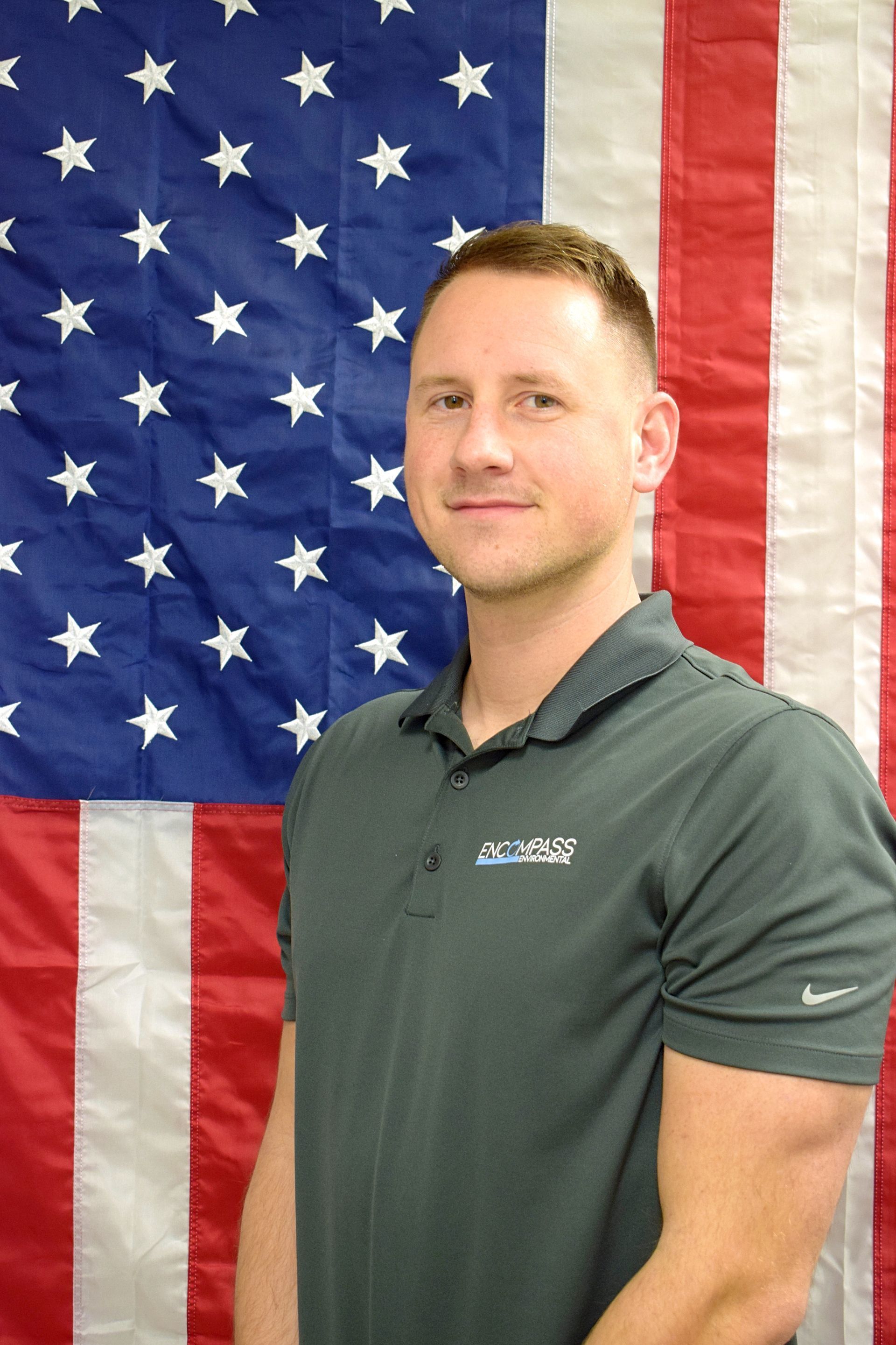There is No Safe Level of Lead Exposure
Although lead paint was banned in 1978, legacy coatings are still the most common source of childhood lead exposure in the U.S. If your home predates that year, especially anything built before 1950, there’s a strong chance lead-based paint is present, from trim and windows to porch rails and outbuildings common around Grand Junction and the Western Slope.
There’s no safe level of lead. Even low exposure can impact learning, behavior, and cardiovascular health—children are particularly vulnerable, but adults aren’t exempt.
And it’s not just a concern where kids live: normal weathering on exterior surfaces and dust from routine repairs can contaminate soil and indoor air.
Encompass Environmental provides testing and removal to identify hazards, contain dust at the source, and verify clean results so your property is safe for everyone, inside and out.
Fully Qualified
Each of our team members hold an Asbestos Supervisor Certification from the CDPHE (Colorado Department of Health and Environment)
Fully Insured
Every project is backed by comprehensive insurance, ensuring that you have complete peace of mind that your project is protected.
Background Checked
Every crew member passes rigorous DUI, Drug Tests, and Criminal screenings, so the people restoring your space meet the highest standards of safety and integrity from day one.
Why is Lead so Harmful?
Lead is a naturally occurring metal. Freshly cut it looks bluish-silver and soft; with air exposure, it dulls to gray. Despite the nickname, “pencil lead” isn’t lead at all, it’s graphite! So writing with a pencil won’t expose you to lead.
Why Lead Hurts People
Lead imitates calcium, iron, and zinc, jamming normal enzyme activity and nerve signaling. Even small, repeated doses can cause harm.
What It Damages
Blood & organs: Blocks hemoglobin production (anemia, fatigue), injures kidneys, and raises blood pressure—straining the heart.
Nervous system: Disrupts synapses, leading to memory and mood changes, sleep issues, and numbness or tingling in hands and feet.
Why Kids & Pregnancy Are at Higher Risk
Children absorb more lead and their brains are still wiring, so low levels can affect learning and behavior. Lead also stores in bones and can be released during pregnancy or breastfeeding—exposing both parent and baby—and is tied to reduced fertility, miscarriage, preterm birth, and low birth weight.
The Professional Removal Process
Lead hazards demand a precise, dust-tight plan—not guesswork. Here’s the EPA Lead-Safe, RRP-compliant process we use from Grand Junction across Western Colorado and into Eastern Utah, from testing to final clearance.
Risk Assessment & Testing
We start with a targeted risk assessment—identifying where lead paint is present, how old it is, and how much is deteriorating. In pre-1978 homes around Grand Junction, Fruita, and Palisade, we focus on high-friction spots (windows, doors, stairs) and confirm findings with XRF or lab chip samples.
Hazard Elimination
We remove or stabilize lead hazards using best-practice methods—component replacement, chemical stripping, or encapsulation—then dispose of debris properly. We also address root causes (like rubbing sashes) to prevent future dust.
Renovation (EPA RRP) Compliance
If you’re renovating a pre-1978 property in Western Colorado or Eastern Utah, we work under the EPA Renovation, Repair & Painting Rule. When lead is identified, we coordinate with your contractor so work proceeds safely and stays permit-ready.
Clearance & Documentation
Before tearing down containment, our team performs clearance testing to verify dust levels are within acceptable limits. Once passed, we remove controls and deliver a final report with lab results and disposal records—documentation you can share with buyers, lenders, or Mesa County building officials.

David Crockett
Owner

Erik Robinson
Field Supervisor

Shannon Vaughn
Field Technician
Our Qualified Encompass Team is Ready and Waiting to Tackle Your Lead Cleanup Project!
Lead Removal FAQ
When should I test for lead?
Before renovations or demolition in homes built before 1978, when paint is peeling/chalking, after fire/water damage, or if there are young children or pregnant residents.
Do you handle exterior paint and contaminated soil?
Yes. We use ground containment, control chips and runoff, and manage soil cleanup or covering where dust has migrated, then perform final cleaning and verification.
Will I need to move out during abatement?
Testing usually doesn’t require vacating. During abatement, we isolate the work area; temporary relocation may be recommended, especially for child-occupied spaces.
Is lead abatement covered by insurance?
Sometimes—especially when tied to a covered loss (fire, burst pipe, storm). We work directly with carriers/adjusters for scopes, documentation, and billing when permitted.
